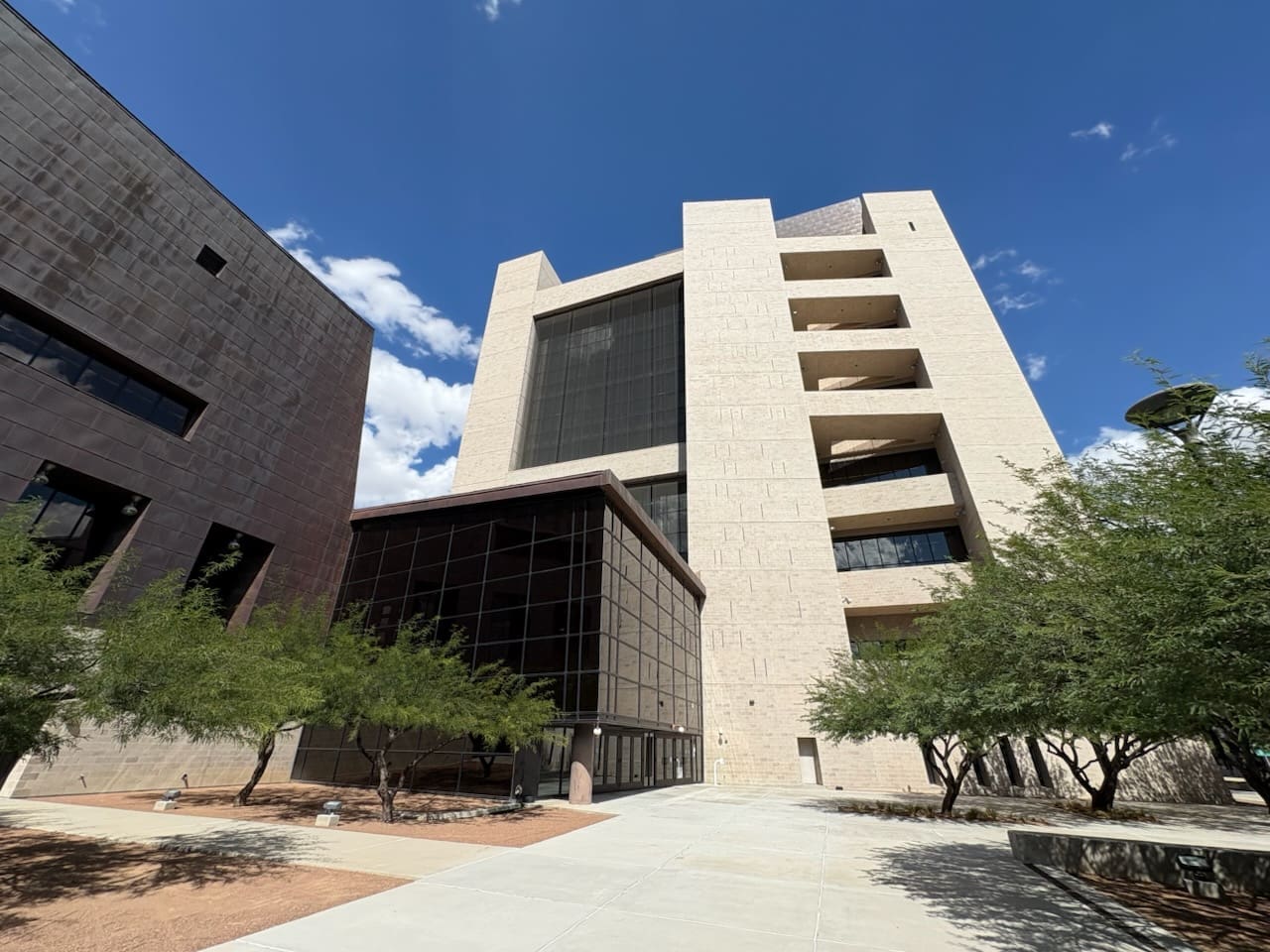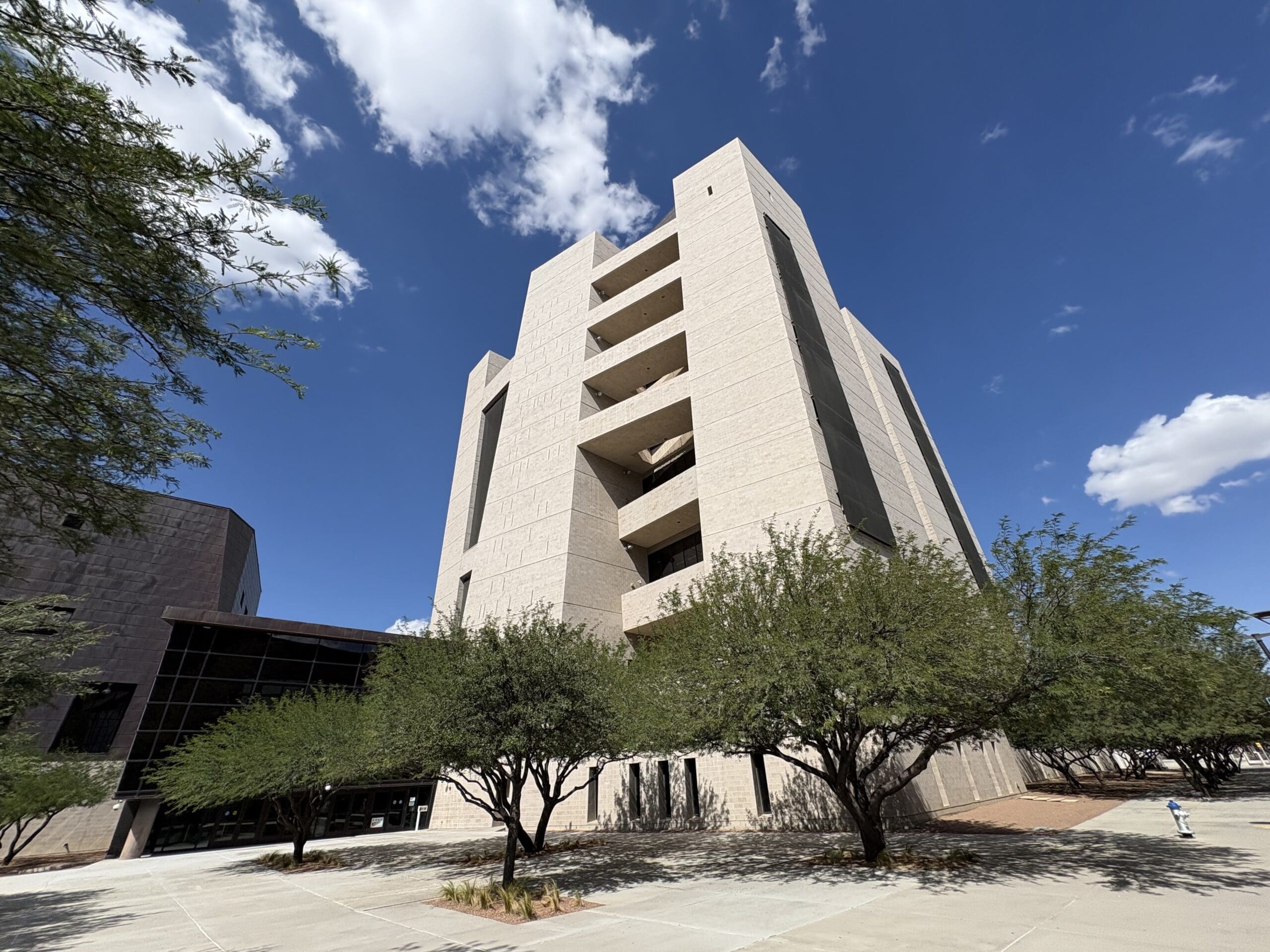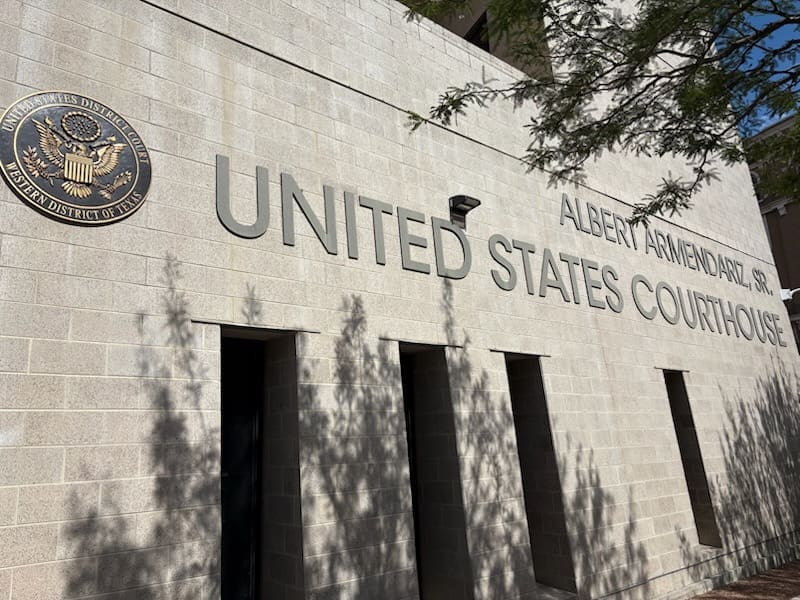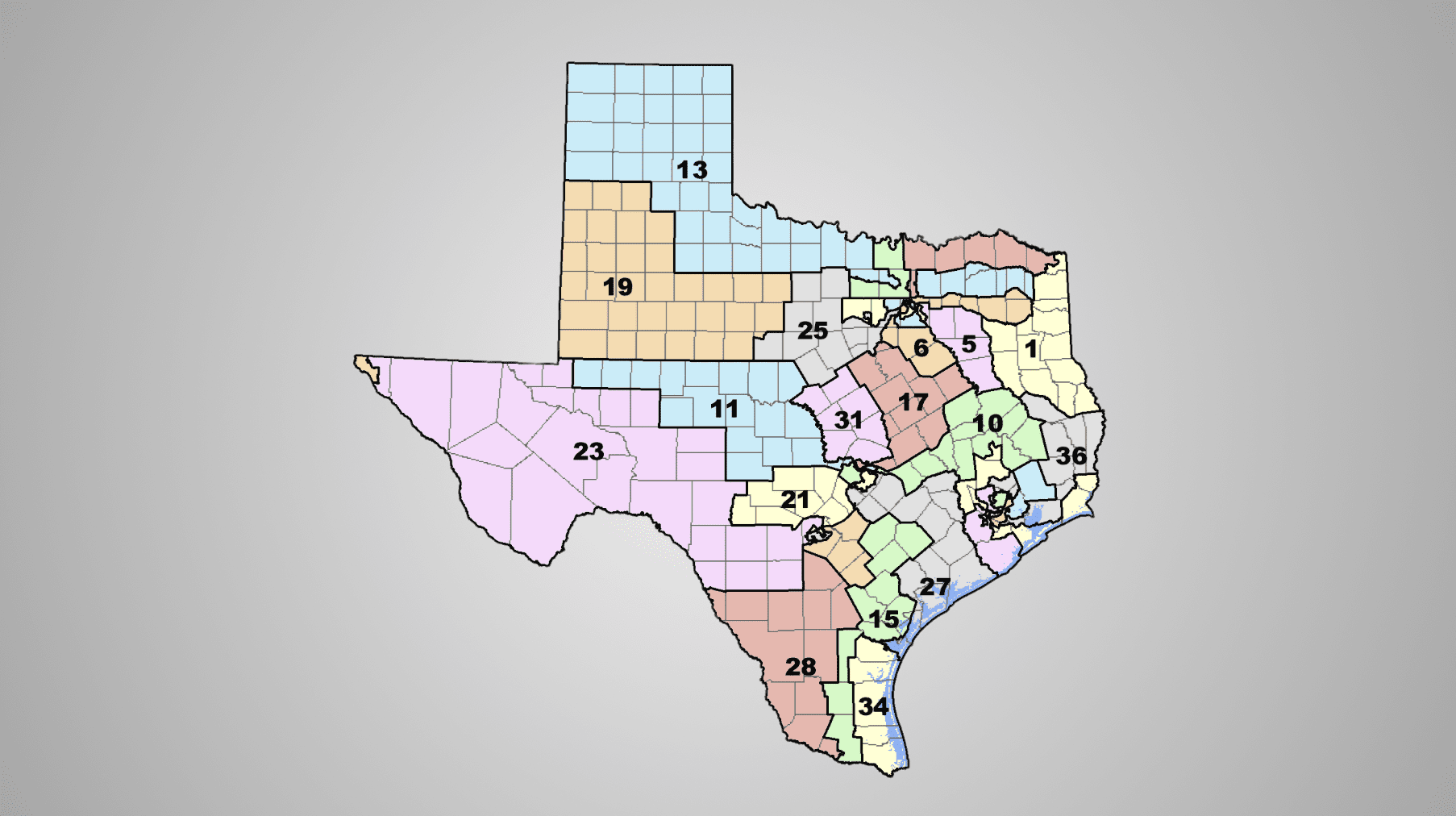EL PASO—The seventh day of Texas’s high-profile redistricting trial featured the Plaintiffs wrapping up their cross-examination of mapmaker Adam Kincaid, and witnesses for the State defending the new congressional map.
At issue is Texas’ latest congressional map, which creates five new GOP-opportunity districts. The case will determine whether Texas’ new boundaries are used in the 2026 midterm election.
Plaintiffs suing over the map include the League of United Latin American Citizens (LULAC), the National Association for the Advancement of Colored People (NAACP), the Mexican American Legal Defense and Educational Fund (MALDEF), and the Mexican American Legislative Caucus (MALC).
The Plaintiffs’ have argued that Texas’s latest legislative maps discriminate against minority voters. However, the State contends the process was strictly guided by partisan objectives.
Plaintiffs Challenge Mapmaking Criteria
Throughout the morning, Plaintiffs’ attorneys questioned Kincaid about his decision-making process in drawing several districts, pressing him to justify his mapping choices.
Kincaid repeatedly emphasized that his work adhered strictly to multiple partisan criteria and that the alternatives presented would not have been feasible under those requirements.
Kincaid took particular care in how he worded his testimony, refusing to concede to the Plaintiffs’ word choice when answering questions. This was to prevent any misrepresentation of his work in future court proceedings.
During the testimony, it was revealed that Kincaid had not been instructed about which five districts should be flipped to Republican, countering allegations that district selection was dictated by external actors, such as the Department of Justice, based on racial targets.
Instead, Kincaid explained that when he began working, the “political realities” made evident what five districts would be flipped, suggesting the decision was based on politics rather than race.
Tensions rose when Plaintiffs’ attorney Gary Bledsoe accused Kincaid of racial discrimination, arguing that he should have protected minority opportunity districts during the mapping process.
Bledsoe is the President of the Texas NAACP and is representing intervenors—Democrat U.S. Reps. Al Green and Jasmine Crockett—in these proceedings.
Kincaid responded that purposefully protecting districts based on race would itself constitute race-based gerrymandering—a violation of law following the Petteway v. Galveston precedent.
Ironically, the Plaintiffs’ own proposals seemed to suggest actions that would contravene the legal mandates they invoked.
At one point, Bledsoe forcefully questioned Kincaid: “Blacks and browns have the same rights as whites, don’t they?” Kincaid affirmed the equality before the law, reiterating that his process was conducted in a race-neutral manner according to legal requirements. He appeared perplexed by the question.
Kincaid finished a day and a half of testimony, repeatedly affirming that he drew the congressional districts without regard to race, adhering only to partisan guidelines.
He remarked in closing that perhaps future redistricting efforts should be broadcast live, joking that greater transparency might spare him such scrutiny.
Key Afternoon Testimony: Adkins, Hinojosa, and Dr. Lewis
Christina Adkins, the Director of Elections for the Texas Secretary of State, was the first to testify after lunch.
Adkins addressed allegations that Kincaid improperly obtained Texas voter files, explaining that the process requires an affidavit ensuring the data is not used for commercial purposes.
She clarified that the Republican National Committee followed legal protocol to acquire these files, and that the transfer of data to third parties does not require each new recipient to sign an affidavit. This is precisely how Kincaid acquired the files from the RNC.
Adkins also described the potential logistical impacts if the court were to issue an injunction to halt the 2025 map or delay the candidate filing period. She noted that counties and candidates have already been preparing under the current maps, and any delay would complicate ballot preparation and testing, impacting election accuracy.
These considerations are not central to whether there was racial intent in the drawing of legislative maps, but are important for election administration. Under the Purcell principle, federal judges cannot alter timelines in a way that would disrupt elections once they are already meaningfully in progress.
State Sen. Adam Hinojosa (R–Corpus Christi) followed Adkins on the stand. Hinojosa stated that he did not believe race was considered during the redistricting process and reaffirmed his support for the maps.
During cross-examination, Plaintiffs’ attorney Gary Bledsoe again argued for race-conscious districts, but Hinojosa pushed back, emphasizing his belief that people should vote on values rather than racial identity.
Hinojosa explained his fatigue with how often race is discussed. He remarked that he had never heard race discussed as frequently—even during his upbringing in South Texas—as he has since joining the Texas Legislature.
Bledsoe continued to advocate for what he termed “brown districts” to ensure minority representation.
The State concluded the day with testimony from Dr. Jeffrey Lewis, who presented data challenging the Plaintiffs’ assertions about minority voting power under the 2025 map.
Dr. Lewis found that, under the new map, white, black, and Hispanic Democrat voters would experience nearly equal levels of disadvantage, while black and Hispanic Republican voters would actually enjoy greater electoral advantage compared to white Republicans.
The trial continues through Friday, though appeals are expected regardless of the three-judge panel’s decision.
Day 6 Trial Coverage
Day 5 Trial Coverage
Day 4 Trial Coverage
Day 3 Trial Coverage
Day 2 Trial Coverage
Day 1 Trial Coverage





